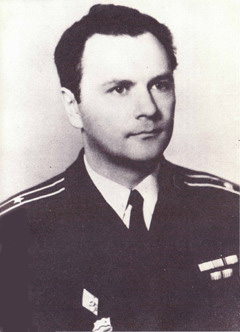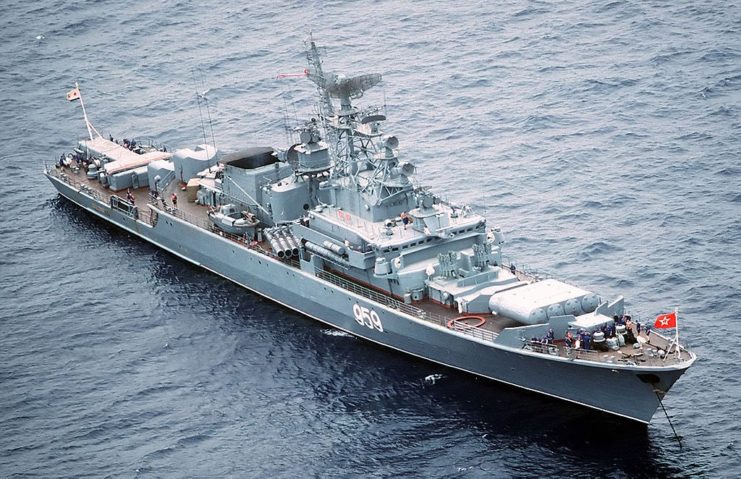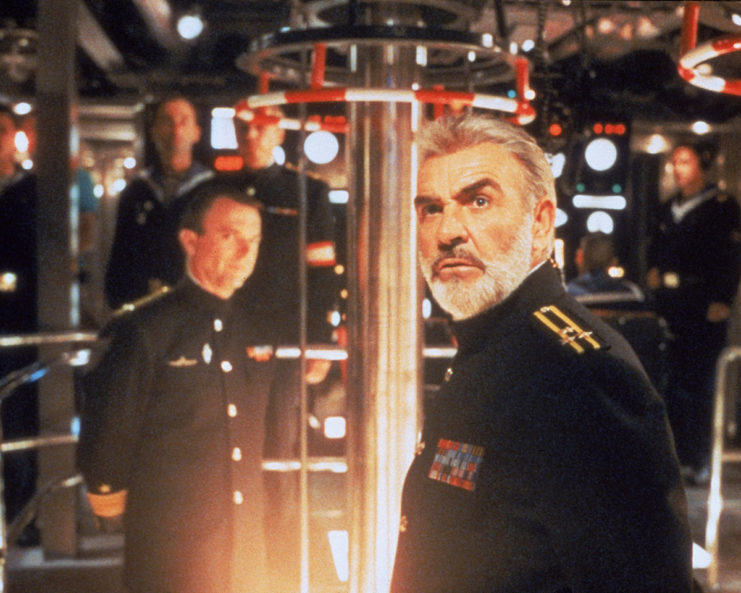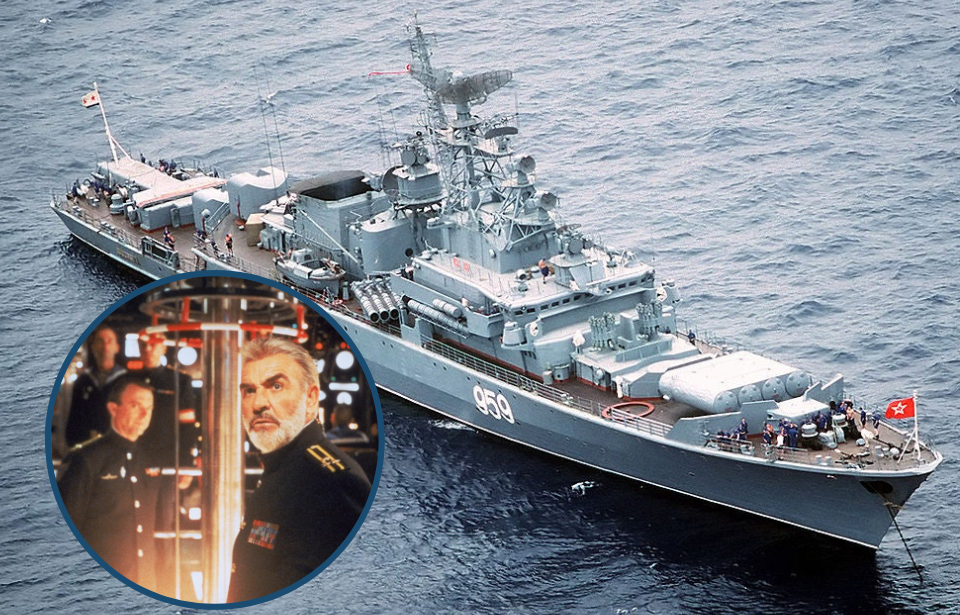Small-scale rebellions against governments rarely work out well for the revolutionaries, and this is exactly the case for Valery Sablin, an officer in the Soviet Navy. Sick of government corruption, he decided to lead a mutiny aboard a Soviet frigate with the aim of making a change. However once Soviet leadership got wind of his plans, his idea of a revolution was quickly quashed.
The year was 1975 and lieutenant commander Valery Sablin had become disillusioned with the Soviet government and the direction they were taking the country. At the time the USSR was led by Leonid Brezhnev, a politician with a working-class background who made great strides in foreign policies and introduced an era of political stability.

However, his time as the Soviet head of state was tainted by corruption and economic stagnation.
Sablin, a devout socialist and believer in Leninist values, recognized these issues and feared the Soviet Union was destroying communism on its own. Ever the outspoken man, he was going to make a change.
Sablin planned to seize control of the frigate Storozhevoy and sail it through the Neva River into Leningrad, where he would then dock it next to the museum ship Aurora. This ship was a symbol of the Russian Revolution as a mutiny occurred on board during the October Revolution in 1917.
While Storozhevoy was next to Aurora, Sablin planned to address the nation and say aloud what he thought everyone was thinking but too afraid to say: the government was corrupt and needed to return to Leninist ideals.
Mutiny aboard Storozhevoy
He started his mission on November 9, 1975. He lured the ship’s captain below decks by falsely claiming that some of the crew were drunk. When the captain got there Sablin detained him and locked him in a compartment along with a few other officers.
He then spoke to the rest of the officers on board, informed them of his plan and gave them the opportunity to join him. Those who declined were detained alongside the captain. Finally, Sablin made a motivational speech in front of the 155 crew, winning the support of them all.

One of the officers who agreed to support him snuck off the ship and alerted a guard at the dock, but the guard did not believe him. Sablin was concerned that his plan would quickly be compromised so he immediately left the port under the cover of darkness and headed for Leningrad. Storozhevoy’s radar was switched off to keep the ship’s location a secret for as long as possible.
However, the Soviet Navy discovered the mutiny shortly after it began, and, not wanting a full rebellion, dispatched half of the Soviet Baltic Fleet to intercept the vessel. It was soon found and YaK-28 bombers dropped bombs close to the ship and fired rounds into it (the only time this aircraft was used in anger).
These attacks damaged Storozhevoy’s steering system and the ship eventually stopped in the water. Soviet commanders hopped on board and rounded up the crew. They were thoroughly interrogated, but all except Sablin and a 20-year-old mutineer were let go.
His trial took place the following year, which found Sablin guilty of high treason and sentenced him to death. On August 3, 1976, less than a year after his mutiny, he was executed by firing squad. His young co-conspirator received an eight-year prison sentence.
Publicly, the USSR labeled the event as an attempted defection, with the West believing this to be the case until the collapse of the Soviet Union.
The Hunt for Red October
In the 1980s Gregory D. Young, a student at the United States Naval Academy, based his master’s thesis on the event; Mutiny on Storozhevoy: A Case Study of Dissent in the Soviet Navy.

Young was the first Westerner to properly investigate the mutiny, and his thesis was eventually placed in the Naval Academy’s archives.
It was later and pulled out and read by an insurance salesman: Tom Clancy. Clancy used it as the inspiration for The Hunt for Red October.
